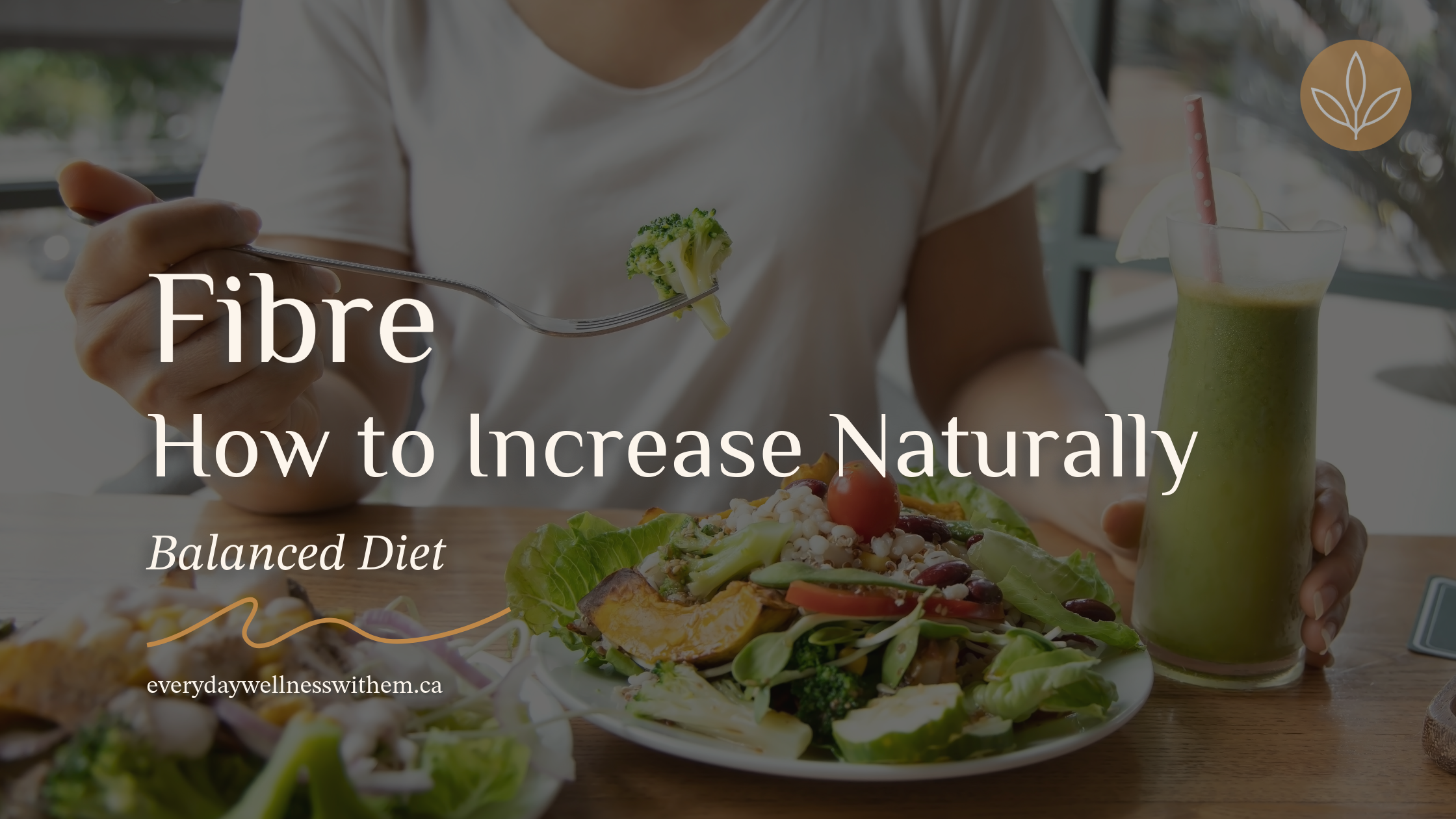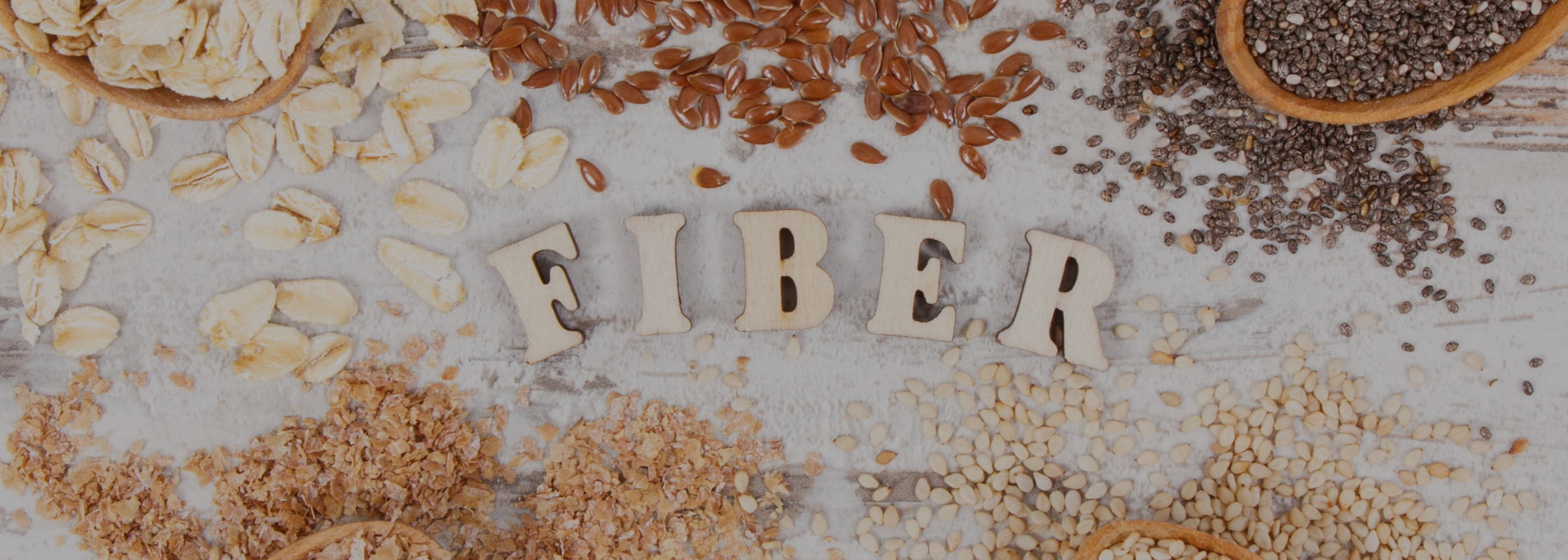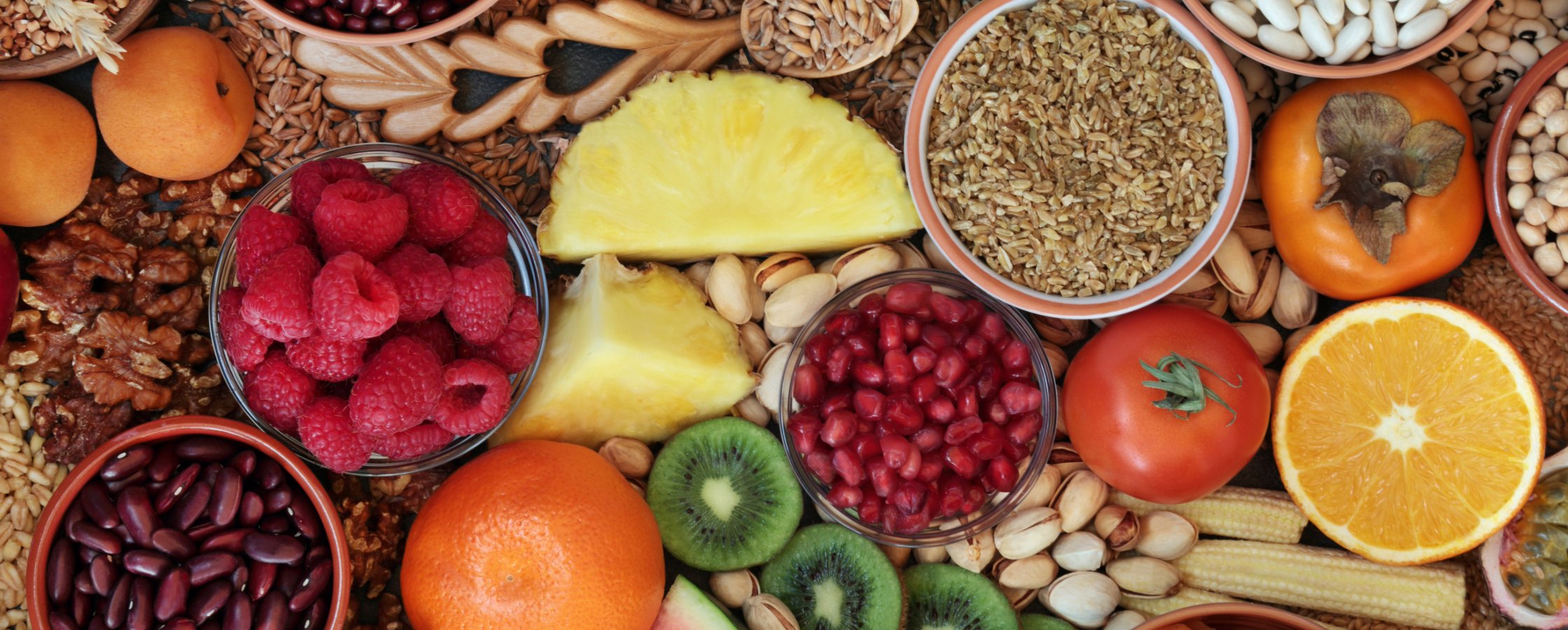How to Increase Fibre Naturally Through Diet
What to Eat to Increase Fibre:
The beautiful nutrient that has so many amazing functions and benefits to our body.
But, is it really beneficial to increase your intake? Let’s find out!
Increasing your fibre intake naturally through diet can benefit your digestive health, help maintain healthy blood sugar levels, promote a feeling of fullness, aid in weight loss/ weight stability, and more.
Here are some effective ways to boost your fibre consumption:
1. Choose Whole Grains
Opt for whole-grain versions of bread, pasta, rice, and cereals. Look for products that list whole grains as the first ingredient. Foods like quinoa, brown rice, barley, and oats are excellent sources of fibre. Try and buy baked goods locally at a small producer as these often have cleaner ingredients than big box stores.
*Watch for sneaky ingredients like added sugars and natural flavours as these are full of chemicals and additives that are not beneficial for your health!
2. Incorporate Fruits and Vegetables
Many easily accessible veggies and fruits are packed with fibre.
Aim to fill half your plate with these foods at each meal or as a snack alone. Include options like:
Green Apples and pears (with skin for a nutrient boost)
Berries (such as raspberries, blackberries, and blueberries)
Carrots, broccoli, and Brussels sprouts. Experiment with adding different colours and textures to your meals to keep it interesting for your eyes and tastebuds!
*If you’re looking to balance your blood sugars specifically, then add protein and fat with these like cheese, chicken, avocado or nuts like almonds or cashews! This slows the absorption of carbohydrates and has a lower Glycemic impact.
3. Snack on Nuts and Seeds
Nuts and seeds are nutritious and high in fibre. You can also sprinkle them on salads, yogurt, or oatmeal for added crunch and nutrients.
Some examples are:
Almonds
Walnuts
Cashews
Pumpkin seeds
Chia seeds
Flaxseeds
*Just watch as many store-bought brands cook nuts in low-quality oils and are salted which can pack a punch for sodium intake!
4. Legumes and Beans
Adding beans, lentils, and legumes to your meals can significantly boost your fibre intake. Incorporate them into soups, stews, salads, or as a meat substitute in recipes like tacos or chilli. Black beans, chickpeas, and kidney beans are great choices.
5. Smoothies
Smoothies are a fantastic way to pack in fibre in a quick, easy and affordable way!
Blend fruits, vegetables, oats, and some seeds for a delicious and nutritious drink.
Adding leafy greens like spinach or kale can also enhance the fibre content without altering the flavour much. Throw in some flaxseed and chia seeds for an extra nutrient and fibre dose!
Tips to Increase:
5. Increase Your Intake Gradually
If you’re not used to eating high-fibre foods, increase your intake gradually to allow your digestive system time to adjust. This can help prevent discomforts such as bloating, constipation, diarrhea or gas.
If your fibre intake is low start off by adding simple ingredients first that you won’t really notice like flax seeds on top of your dishes or mixing into salads and work your way up slowly.
6. Stay Hydrated
Drink plenty of water throughout the day, especially as you increase your fibre intake.
Fibre works best when it absorbs water, making it crucial for optimal digestion and preventing constipation or diarrhea which can happen if you increase your fibre intake too quickly.
7. Read Labels
When shopping, check the nutrition labels for fibre content against the total carbohydrate content amount.
I like sticking to foods that contain at least 60-70% of the carbohydrate ratio being fibre for blood sugar stability but as a standard try and keep it to 40+% in general.
Benefits of Eating Fibre:
Digestive Health: Fibre plays a crucial role in maintaining a healthy digestive system. It adds bulk to the stool and helps prevent constipation by promoting regular bowel movements.
Weight Management: Foods high in fibre are often more filling, which can help control appetite and reduce overall calorie intake. This can be beneficial for those looking to maintain or lose weight.
Blood Sugar Control: Soluble fibre can slow the absorption of sugar, helping to improve blood sugar levels and reduce the risk of developing type 2 diabetes.
Heart Health: Consuming enough fibre is linked to lower cholesterol levels. Soluble fibre, in particular, can help reduce total cholesterol and low-density lipoprotein (LDL) cholesterol, which are risk factors for cardiovascular diseases.
If you are looking to increase fibre in your diet with personalized recommendations fill in the form below to book a free
15-Minute Nutrition and Lifestyle Consultation!




